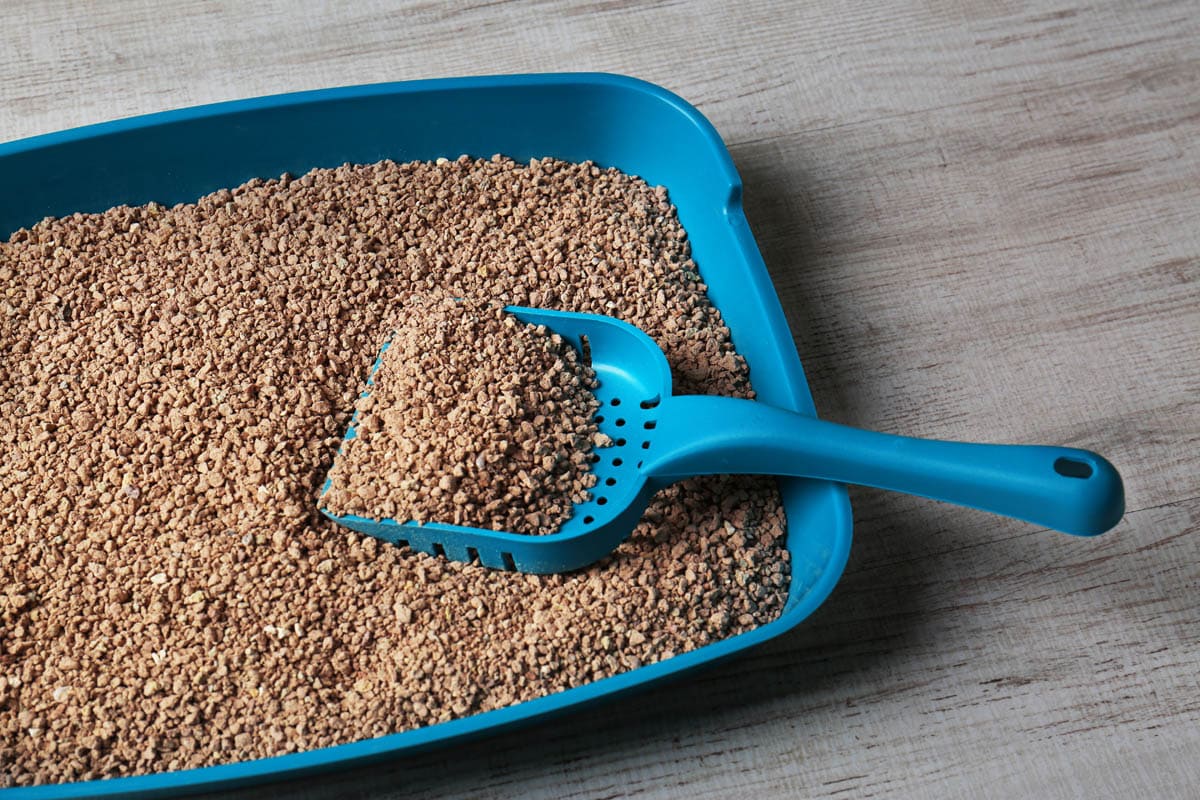Why is my cat pooping outside the litter tray?
It is frustrating for pet owners when a cat poops outside the litter tray, but it is important to determine the cause to provide a solution. Ask the following questions:
- Has the cat stopped using the litter tray completely?
- Have you noticed any other changes in the cat, which can include behavioural and medical?
- Is the cat urinating in the tray?
- How many litter trays are there?
- Are there any issues between household cats?
- Is there a new cat in the neighbourhood?
Firstly, never punish a cat who is not using the litter tray, it won’t teach anything other than to be fearful of people which will exacerbate the problem.
A cat who is not using a litter tray should be evaluated by a veterinarian to determine if there is an underlying medical condition.
- Make note of the type of feces your cat is passing. Are they watery, firm and pebble-like, or do they look normal?
- Has this behaviour just started or has it been going on for a long time?
- Bring along a stool sample if possible.
Causes
The cause of inappropriate defecation outside the litter tray can be divided into medical or behavioural.
Medical:
Pain – If defecation is painful, a cat will begin to associate this with his litter tray and avoid the source of pain. The most common causes of pain when defecating are constipation, colitis, intestinal parasites, inflammatory bowel disease, cancer and anal gland problems (blocked or abscessed anal glands).
Diarrhea can sometimes come on so fast that the cat doesn’t have the time to make it to the litter tray. Diarrhea is usually a passing (pardon the pun) condition which resolves in time, however, fecal incontinence can occur in cats, especially older ones. It is frustrating to live with but isn’t always something that can be treated, short of limiting where your cat can go in the house. Thankfully fecal incontinence is uncommon.
Arthritis – This common disease among middle-aged to senior cats can make moving painful, and if the litter box is located in a difficult to access spot (for example, upstairs), or if the sides are too high, then the cat may find an easier location to go to the toilet.
Declawing pain – Again, pain-related but this time it is associated with the feet. Some declawed cats can experience a great deal of pain after surgery, and digging in his litter tray can make this worse, leading them to find a softer spot to scratch in (your clothes for example).
Senility – As cats age, they sometimes develop the feline equivalent of dementia. Common symptoms include a change in sleeping habits, increased vocalisation, and inappropriate elimination. Often, cats just simply forget where their litter tray is. If this happens, try to provide more trays, particularly in the areas your cat spends most of his time.
Behavioural:
Most of these causes relate to inappropriate elimination in general, which can include urinating and defecating.
Dirty litter trays – A common cause of refusal as cats are fastidiously clean and will avoid using a dirty litter tray. Provide enough trays so that each cat has one tray, plus one extra. So, if you have two cats in the house, three trays should be provided.
Stress – This can be caused by any number of reasons, bullying (with another cat), moving house, a new family member can all lead to changes in behaviour, including inappropriate elimination.
Type of cat litter – Some cats can be fussy about the type of litter they use. Find out what kind of cat litter your kitten or cat was using in his previous home. If you want to switch over to a different brand, so it slowly over a few days.
Incorrect position of the litter tray – Cats like privacy when going to the toilet, but they don’t like feeling hemmed in, especially if there’s more than one cat in the house. The tray should be in a quiet area, but with more than one exit, should the need arise. Particularly if inter-cat bullying is occurring.
Type of litter tray – Some cats like covered, others prefer open. I always think it’s a good idea to have one of each and let your cat choose which he prefers.

